Here is a shot of a seagull using a bare lens (70-200mm f2.8 IS USM).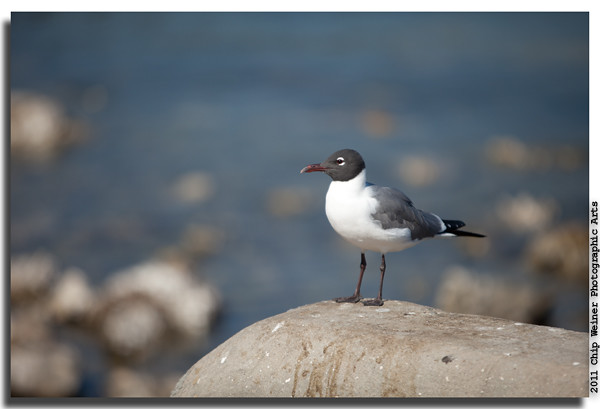

Here's the same shot polarized. Notice the difference in saturation and color and how the glare disappears from the water.
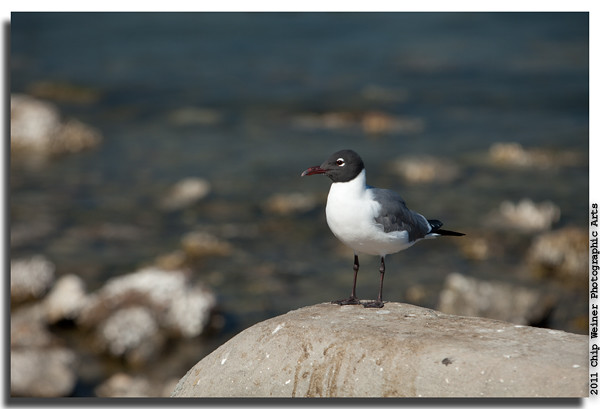
The primary purpose of polarizing filter is to cut glare and reflections on shiny surfaces. A lot of times they’re used by landscape photographers to cut the glare off of water. They can also make a significant difference when there is blue sky and white clouds. A polarizing filter will make blue sky darker and white clouds really pop! They will also give more saturated color. Really, any time you are shooting outside and the sun is out you want to consider using a polarizer.
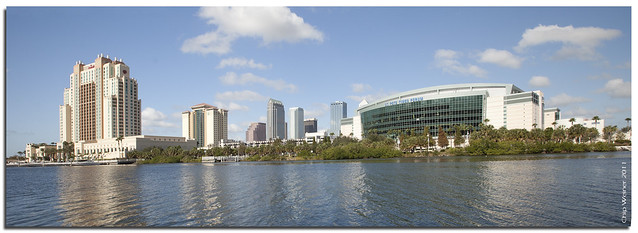 |
| Unpolarized water and sky |
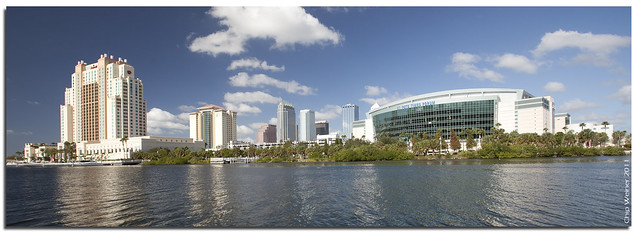 |
Polarized water and sky
|
There are some things that you need to consider before using one. First of all, unlike many filters, a polarizer is not a passive filter. You must change it as you use it. The angle of polarization changes. The idea is to put the filter on, look through the viewfinder, and rotate the filter on the front of your lens until the glare is cut (they come constructed on a secondary ring so you can turn them). If you change camera position or direction, you’ll need to rotate the filter again until you have cut down the glare.
 |
| Look at what a difference a polarizing filter makes with window glare, for example. In this image it seems as though the people in the photo are looking at a reversed cotton candy picture. |
These filters work in varying degrees. They are most effective when they are perpendicular to the light source (90°). They are not all that effective if you are shooting straight into the light or directly away from it (180°). The position of the sun in the sky matters. Polarizers may be more effective when the sun is lower, like in the morning or late afternoon.
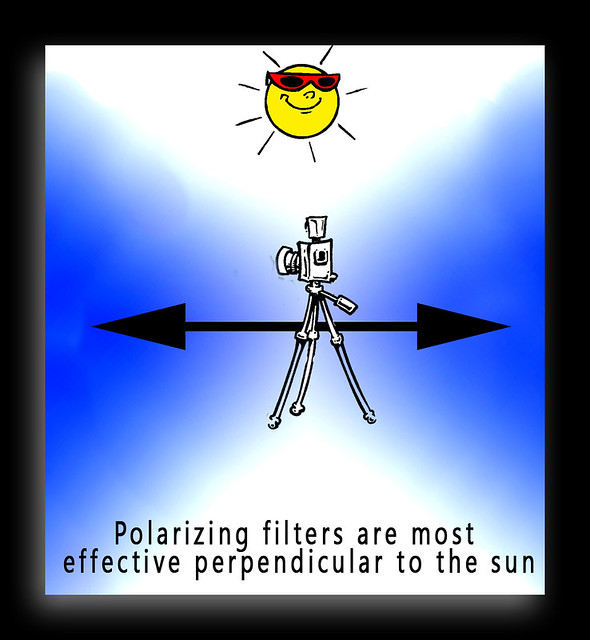
There are two types of polarizers, linear and a circular. For modern cameras circular polarizers work best. Linear polarizers can disable auto focus and metering-especially in digital cameras.
Like most filters, they need to fit your lens. There are two ways to go about this. You can check the filter thread of size on your lens and buy a polarizer that fits that size.
 |
| Hoya Brand 77mm Polarizing Filter |
Or, you can consider getting a filter system. The Cokin system is pictured below. What filter systems allow you to do is buy one filter and have it fit on several different sized lenses. All you have to do is buy a new thread ring that slides in to the back of the holder. The filter holder is under $20.
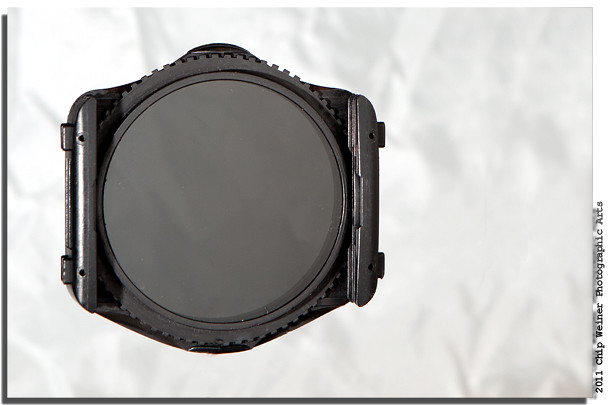 |
| Cokin P series filter holding System |
A good polarizing filter is between $75.00 and $225. If you had to buy one of these for each lens it can get expensive. Buying a filter system where all you need to do is change the adapter ring may be the better way to go. Adapter rings are between $15.00 and $20.00.
If you are going to buy a polarizer, save your pennies and buy a good one. They make them for $20 - $30, but you get what you pay for.
These filters also eat around 1-2 fstops of light. You are essentially darkening your composition by using one. It sort of like putting on sunglasses. So after you put your polarizer on, you’ll need to compensate for your exposure. This shot was taken at f2.8 , 1/500th of a second.
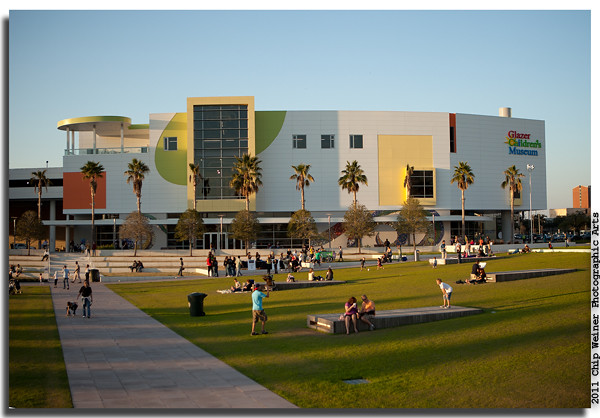
This shot was taken at f2.8 , 1/200th of a second-a little over one stop slower. But, again, notice the difference in the quality of the sky and the saturation of color.
 |
| Shot during golden hour |
Using a polarizer can make a significant difference in the outcome of your shot. There are lots of things with glare and shine out there and using one of these devices can cut it down significantly. They don't always work. Sometimes it depends on the angle of the light. Also- you may get some banding or spot polarizing with very wide angled lenses. Take one shot with the filter and one without. You can decide later which one to use.
Now get out there and get polarized!
http://www.chipshotz.com/
chip@chipshotz.com
For information on other Tampa photography classes, digital photography classes, and Tampa photography workshops feel free to call me or look under the Tampa Photography Classes section. I also give private individual lessons on camera operation and making better photographs and would love to work with you one on one to make you a better photographer. Photography instruction gift certificates are also available. They make great gifts for the photo enthusiast in your life. Let's talk about what you need! 813-786-7780. See you in class!
Chip Weiner is an award winning photojournalist and food photographer in Tampa. He has been a photography instructor for 10 years.

Thanks Chip, this one is really helpful.
ReplyDelete-Ick